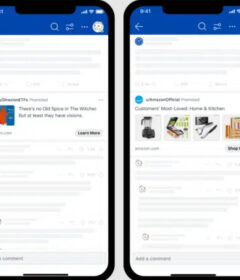Understanding referrer clicks and how they can skew search engine market share

Search marketers should stay vigilant for redirects on referrer click reports as there is more to a click than meets the eye.
Consider this: a recent post from StatCounter shows a search engine market share of Google 88.37% and Bing 6.07%. At the same time, other sites such as Statista, show Google at 62.5% with Microsoft sites (Bing) at 25%. And even another site, comScore, places U.S. Bing share at 36% on PC and 20% across all devices. Why such large discrepancies? What is driving the confusion? The answer requires an understanding of the mechanics of ad serving and web referrals.
Referrers are links that drive traffic to other websites, moving people around the internet. A referrer site is simply the site that a person was on right before they came to your page. But sometimes referrer sites get misrepresented. A click can get diverted to an ad server, then quickly redirected to your page. Take for example the retailer, Kohls. A person is surfing the Kohls website and clicks on a picture of a TAG Heuer watch:

From a user experience, this shopper goes directly from the Kohls website to TAG’s website. And yet on paper, the referrer click gets credited to Google. Why is this? Through Google’s AdSense program, the click from Kohl’s gets quickly redirected to Google’s ad server before going to tagheuer.com. The click referral is attributed to Google not Kohl’s. The clicks from ad servers can add up and skew market share, even though these are not direct search queries from a search engine.
It’s good to understand how sites such as StatCounter or JumpShot calculate their data by combining search engine referrals with ads from syndicated websites in their referrer metrics. Referrer can be rich with insightful information, but should be carefully analyzed and understood before making any optimization or business decisions. Search marketers should also stay vigilant for redirects on referrer click reports as often times there is more to a click than meets the eye.


